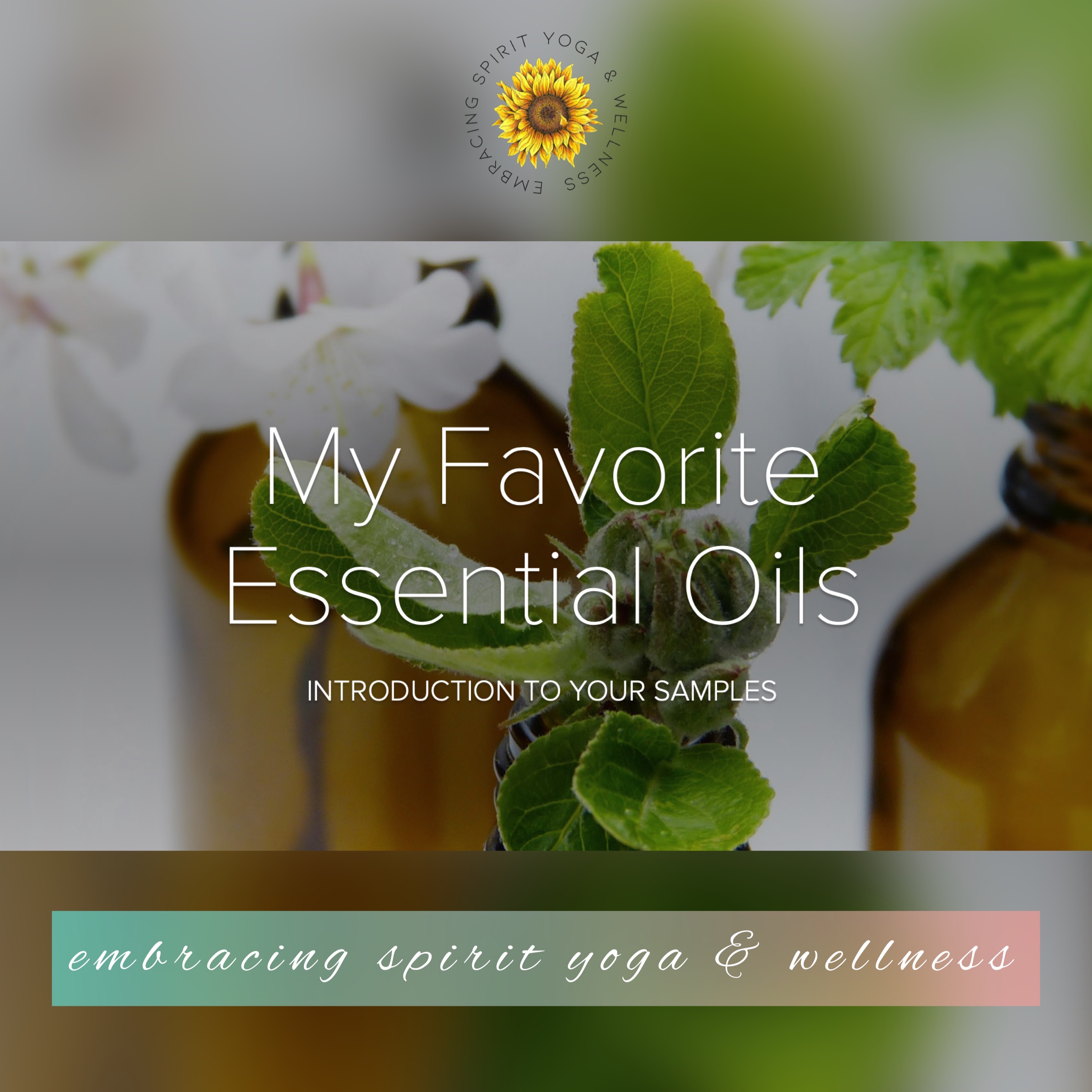“All life is an experiment. The more experiments you make the better.” Ralph Waldo Emerson
One of my favorite aspect to my “job” is helping people feel empowered by learning how to use natural remedies to address everyday issues that come up for most of us at some point. You know things like sleep trouble, dealing with anxious moments and life stressors, aches and pains, feeling under the weather, and energy.
One of the things I love to do is send people a little package with samples to try with a little information that explains how to use them and the many uses one little bottle can cover. Essential oils are similar to other things we try to help ourselves feel better in the fact that each oil is not going to have the exact same effect on every single person. Generally, if you use an oil and don’t get the results you’re looking for, that’s OK, we can try something else.
Of course it is always important to remember that using essential oils should be honored much like a medication or other remedy that needs supervision, and a little common sense. Here are few things to remember before using them.
Safety Precautions:
• Essential oils are extremely potent and some should not be applied directly on the skin without diluting them first (Cassia, Cinnamon, Clove, Thyme & Oregano to name a few).
• All citrus oils are photosensitive and should not be used on the skin for 12-24 hours prior to sun exposure. This means that if you apply to your skin and go in the sun for a long period of time, you could burn your skin.
• Some but not all doTERRA essential oils are safe for internal use. Do not ingest an oil without triple checking if it is safe for dietary use. Also working with someone closely who understand how to use essential oils is key especially when using internally.
• Babies & the elderly are more sensitive to oils and extra dilution may be required. My favorite carrier oil is coconut or jojoba, but I also add to lotion.
• Keep your oils out of reach of children & pets. Remember these are potent and powerful. They need to be treated like a medication with safety in mind.
To see my favorite essential oils and the ones that I use the most often, check out this free downloadable ebook and then let me know which ones you’d like to try!

